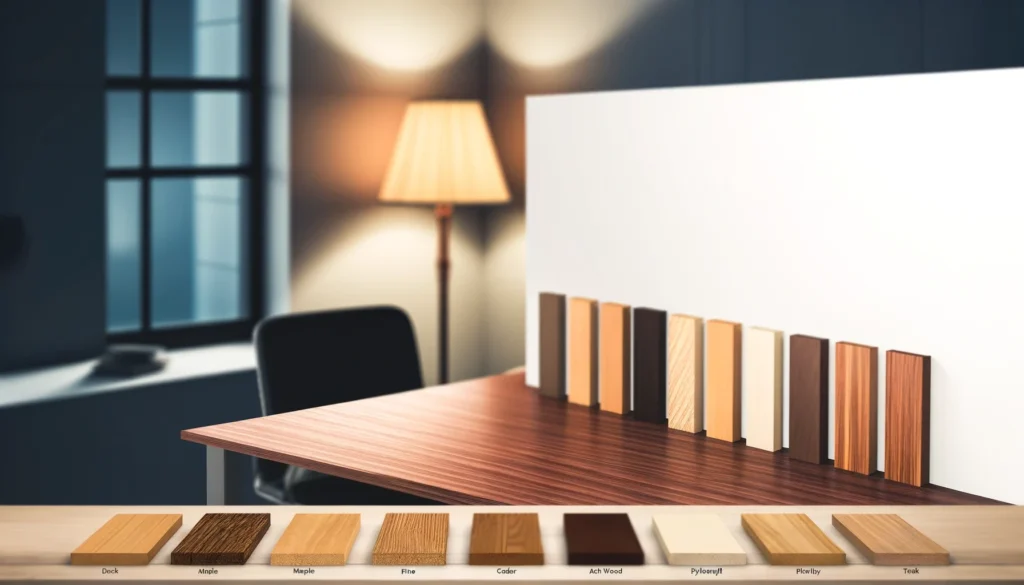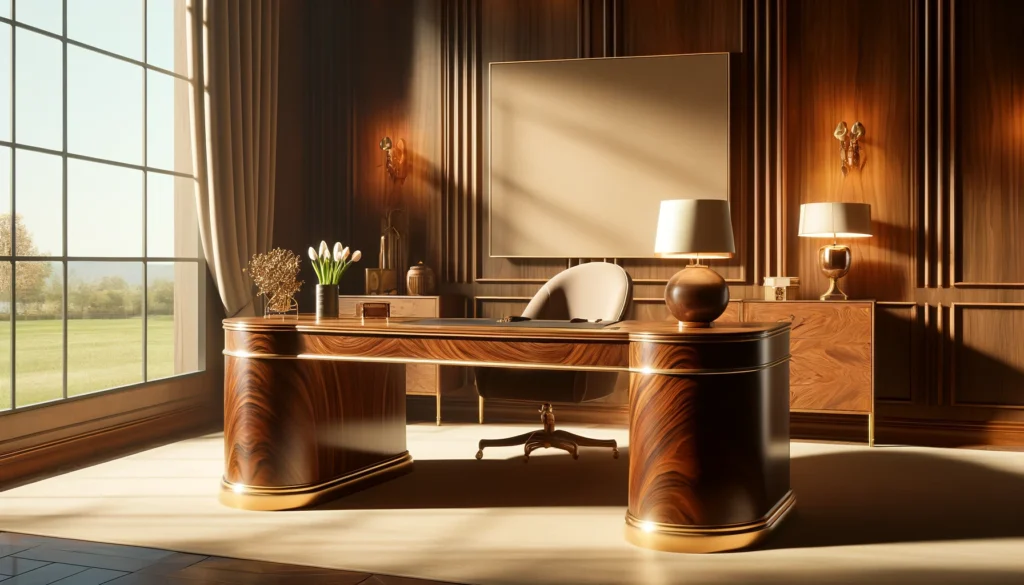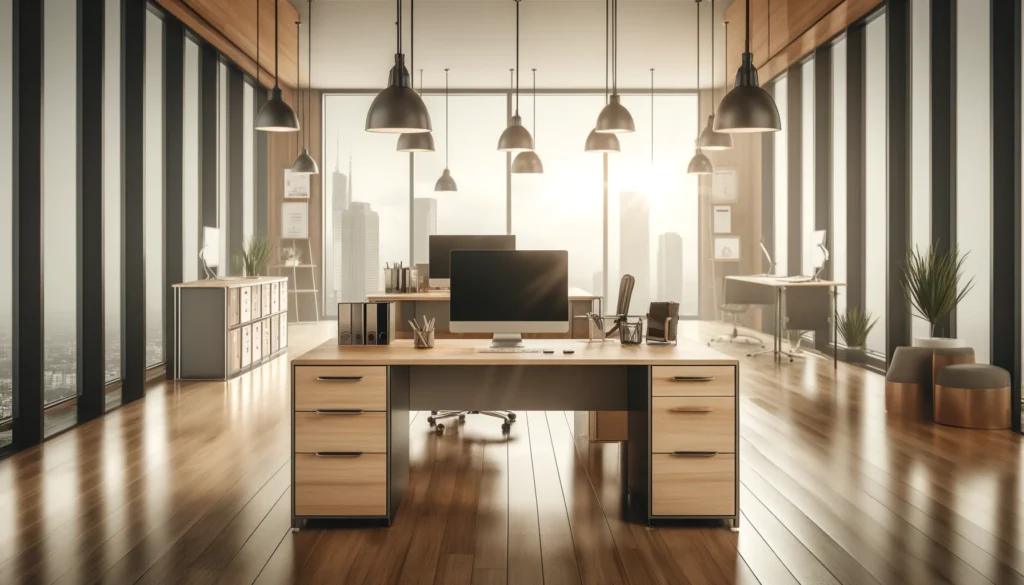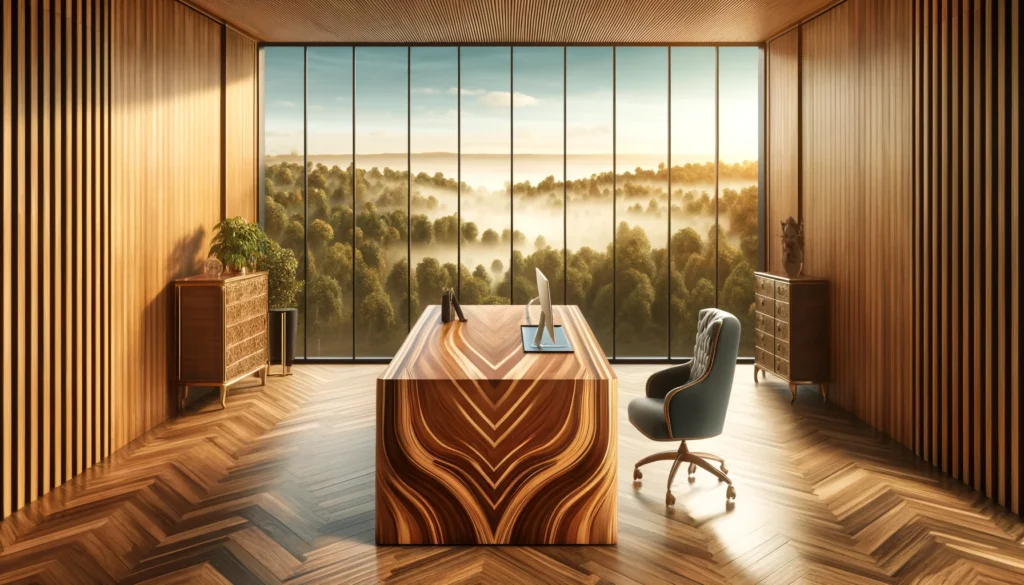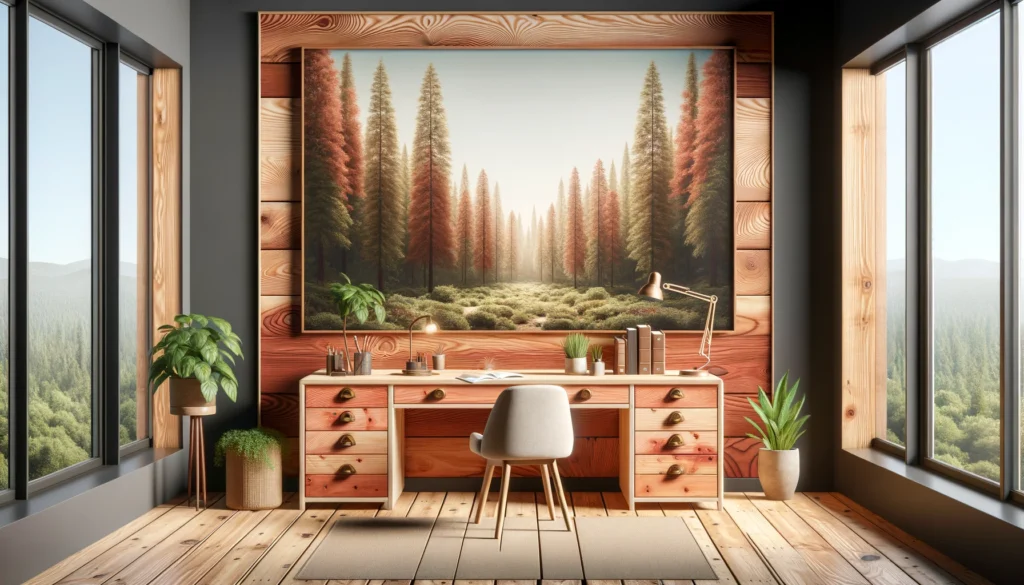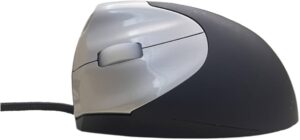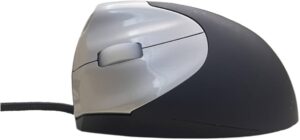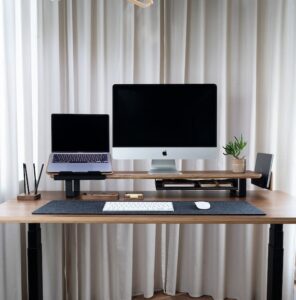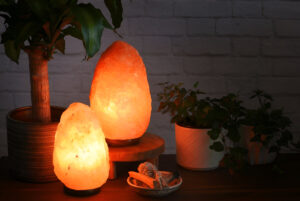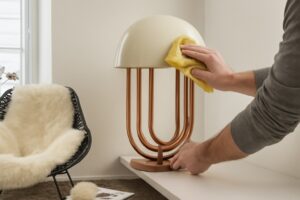If you’re wondering which wood to use for a desk, you’re in the right place. This guide dives into the best options, from classic walnut to versatile maple, helping you choose the perfect wood for your workspace needs. We’ll explore each wood’s unique qualities, including durability, aesthetics, and cost, making your decision-making process simpler and more informed.
- Various types of wood and their unique attributes
- Maintenance tips for each wood type
- How to match wood choice with your desk’s purpose
- Cost considerations for different wood types
Exploring Your Desk Wood Options
Selecting the right wood for a desk involves balancing aesthetics, durability, and cost. Here are some popular options:
| Wood Type | Color | Properties | Workability | Price Level | Best Used For |
|---|---|---|---|---|---|
| Walnut | Dark Brown | Durable, strong, heavy | Moderate | High | Heavy-use desks |
| Maple | Creamy White | Dense, durable, shock-resistant | Slightly challenging | Moderate | Versatile desks |
| Pine | Yellowish/Whitish | Medium strength, elastic, affordable | Easy | Low | Budget-friendly, rustic desks |
| Teak | Golden to Dark Brown | Water-resistant, durable, easy to work | Good | High | Luxury, durable desks |
| Cedar | Reddish Brown | Lightweight, durable, easy to stain | Easy | Moderate | Decorative, aromatic desks |
| Ash Wood | Light to Medium Brown | Very hard, dent-resistant | Good | Moderate | Hardwearing, creative spaces |
| Plywood | Varies | Stable, uniform, versatile | Easy | Low | Budget DIY desks |
| Birch | Light, Creamy White | Strong, elastic, stains well | Good | Moderate | Contemporary desks |
Walnut: The Premium Choice for Durability and Elegance
Why Choose Walnut:
If you’re seeking a desk that combines strength with a touch of sophistication, walnut is your go-to. Its deep hues and durability make it a favorite for statement pieces.
Walnut Wood Details:
| Feature | Detail |
|---|---|
| Type | Hardwood |
| Color | Rich dark brown |
| Grain | Generally straight, but can be wavy |
| Density | High |
| Durability | Excellent |
| Workability | Good, though hardness requires sharp tools |
| Finish Compatibility | Takes stains and finishes well |
| Price Level | High |
Suited For:
Ideal for executive desks or any workspace where strength and a premium look are prioritized. Its durability makes it perfect for heavy daily use
Maple: The Versatile and Affordable Workhorse
Why Choose Maple:
Maple is the all-rounder of desk woods, offering a great mix of hardness, affordability, and a light aesthetic that complements any finish.
Maple Wood Details:
| Feature | Detail |
|---|---|
| Type | Hardwood |
| Color | Light creamy to reddish-brown |
| Grain | Usually straight, fine |
| Density | High |
| Durability | Excellent |
| Workability | Good, though can be tough on tools |
| Finish Compatibility | Accepts a wide range of finishes |
| Price Level | Moderate |
Suited For:
Maple’s resilience makes it suited for desks that need to support heavy equipment like multiple monitors, without compromising on style
Pine: The Rustic and Economical Option
Why Choose Pine:
For those who love the rustic charm or are on a tight budget, pine offers an attractive solution with its unique knots and grain, all at an affordable price.
Pine Wood Details:
| Feature | Detail |
|---|---|
| Type | Softwood |
| Color | Yellowish to whitish |
| Grain | Visible knots and patterns |
| Density | Low to medium |
| Durability | Moderate |
| Workability | Very easy, great for DIY projects |
| Finish Compatibility | Takes stains and paints well, though may require pre-treatment |
| Price Level | Low |
Suited For:
Pine is a great choice for casual or vintage-themed desks, and its light weight makes it ideal for pieces that may need to be moved frequently
Teak: The Luxurious and Lasting Selection
Why Choose Teak:
Teak is synonymous with luxury and longevity. Its natural oils make it durable and maintenance-free, perfect for a desk that’s both a showpiece and a workhorse.
Teak Wood Details:
| Feature | Detail |
|---|---|
| Type | Hardwood |
| Color | Golden to medium brown |
| Grain | Straight, occasionally wavy |
| Density | High |
| Durability | Excellent, naturally resistant to moisture and pests |
| Workability | Good, despite its hardness |
| Finish Compatibility | Natural oils provide a built-in finish |
| Price Level | High |
Suited For:
With its unmatched durability and elegant look, teak is ideal for high-end executive desks or any setting where quality and aesthetics are paramount
Cedar: The Aromatic and Lightweight Choice
Why Choose Cedar:
Cedar brings warmth and a delightful scent to any office space, coupled with its lightweight nature, making it easy to move and rearrange.
Cedar Wood Details:
| Feature | Detail |
|---|---|
| Type | Softwood |
| Color | Reddish to pinkish |
| Grain | Straight with a fine texture |
| Density | Low |
| Durability | Good, especially against rot and insects |
| Workability | Very easy, great for customization |
| Finish Compatibility | Accepts stains and finishes well |
| Price Level | Moderate |
Suited For:
Cedar desks are perfect for creating a cozy and inviting workspace. Its properties make it suitable for lighter-use desks with a focus on aesthetic appeal
Diving Deeper: More Wood Types to Consider
- Ash Wood: Ash is incredibly hard, resistant to dents and scratches, and can absorb stains well, making it suitable for a desk that doubles as a creative space. However, it’s prone to cracking in varying humidity levels.
- Plywood: A budget-friendly alternative, plywood offers stability and versatility. It’s less likely to warp but can be prone to scratches and doesn’t have the natural appeal of solid wood.
- Birch: Birch is hard and durable but may show wear over time. It’s affordable and works well for those on a budget looking for a solid wood option.
Final Thoughts: Making Your Choice
When selecting wood for your desk, consider the desk’s purpose, your budget, and the aesthetic you’re aiming for. Hardwoods like walnut and maple offer durability and a classic look but at a higher cost. Softer woods like pine and cedar can provide a distinct aesthetic at a more affordable price but might not hold up as well under heavy use.
For a unique desk that truly stands out, consider teak or ash, keeping in mind their maintenance needs and cost. And for those on a tight budget, plywood and birch present practical, yet still appealing, options.
Remember, the right wood will not only define your desk’s look and feel but also its longevity and functionality. Choose wisely, and you’ll have a workspace that inspires productivity and creativity for years to come.
Explore more on creating the perfect workspace:
